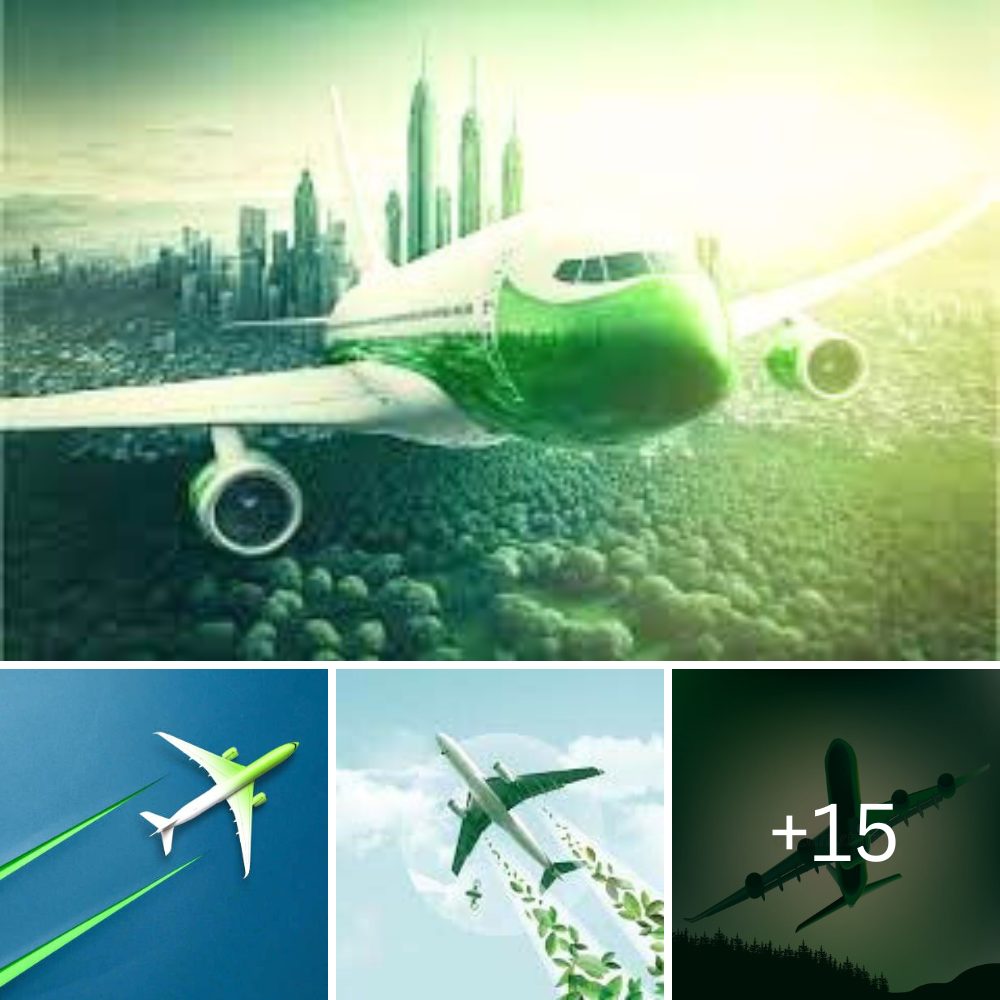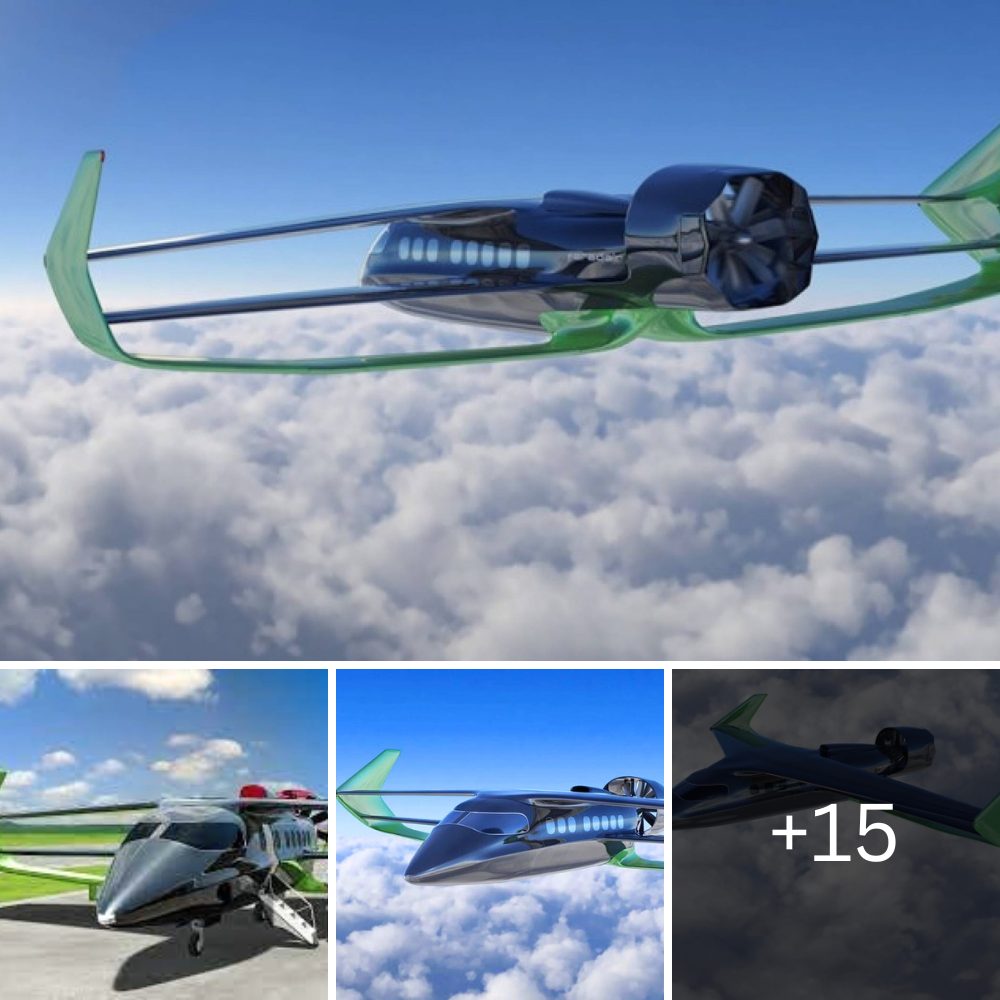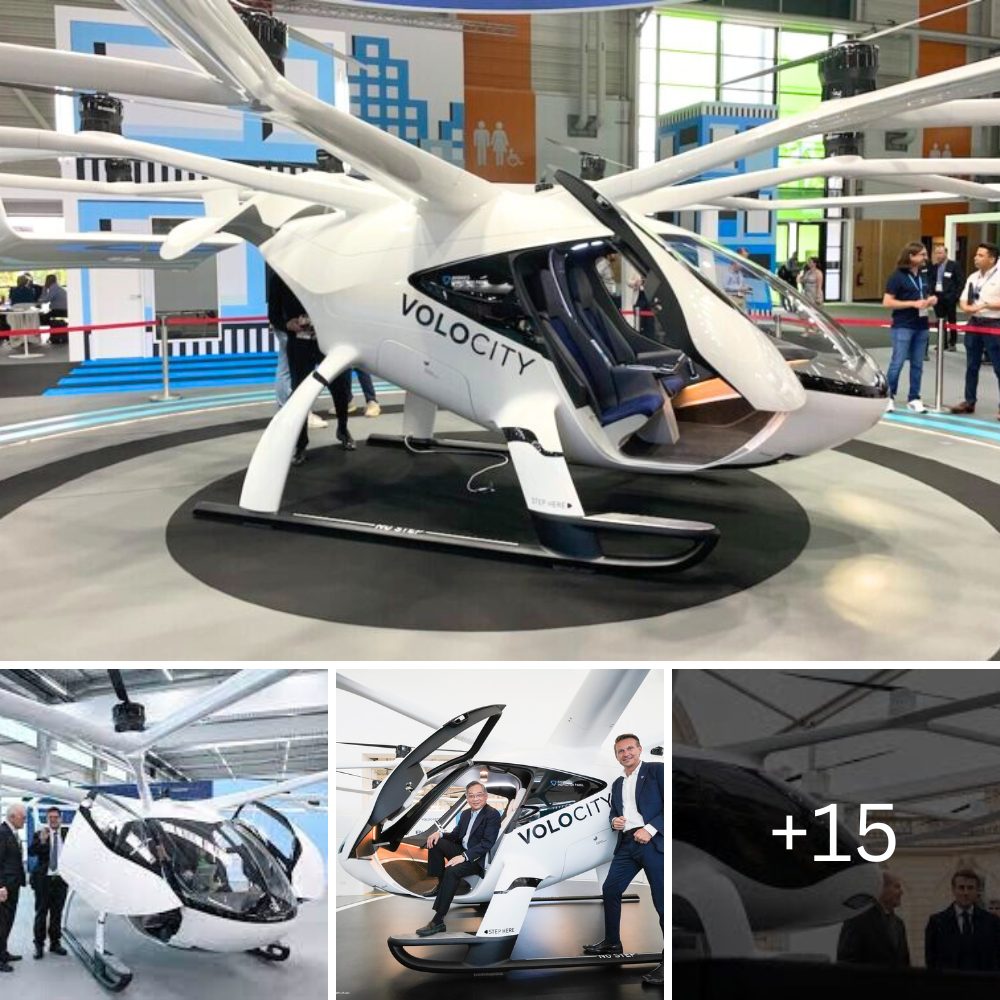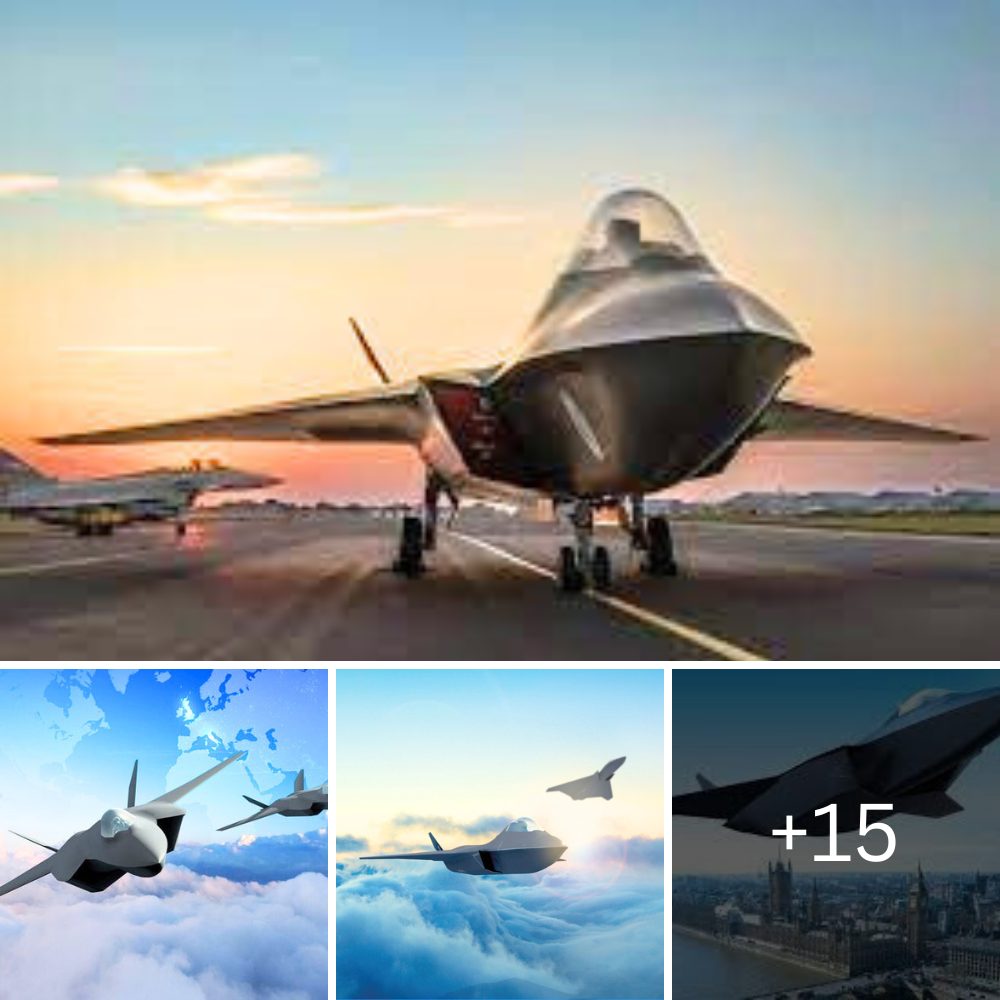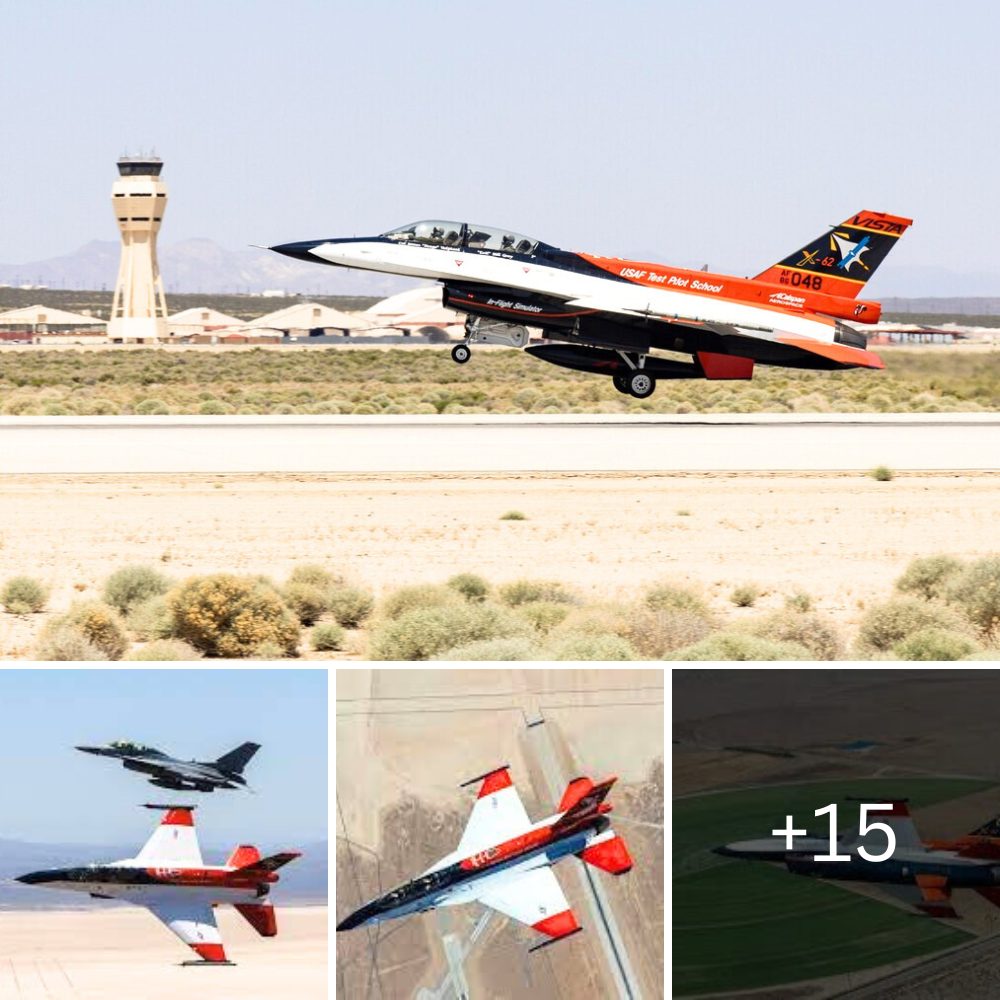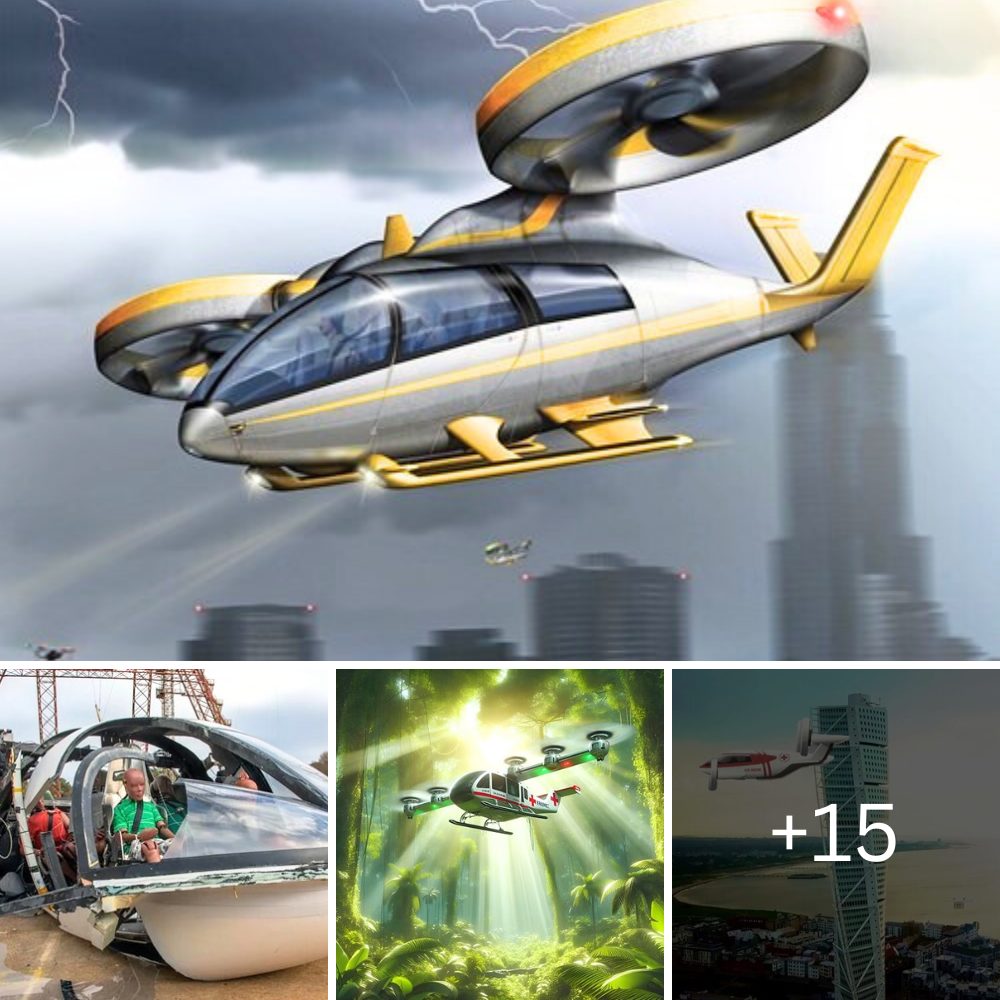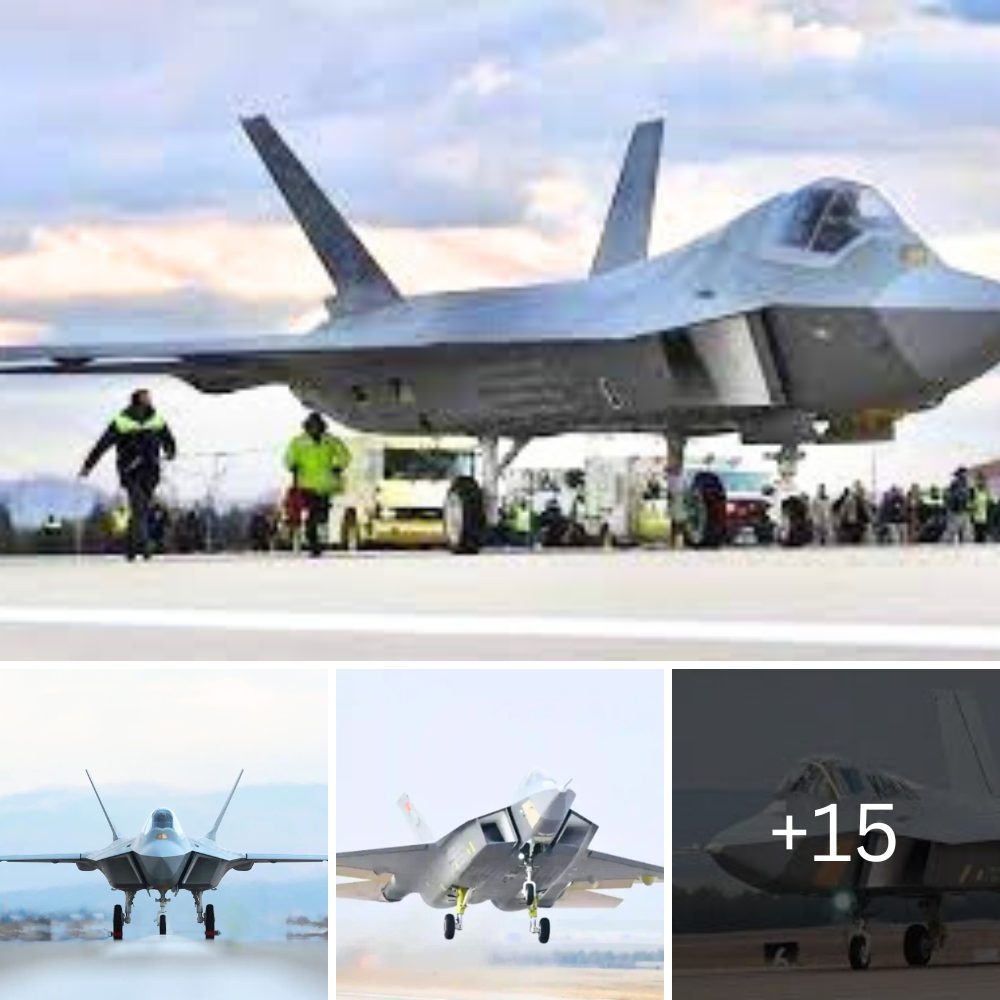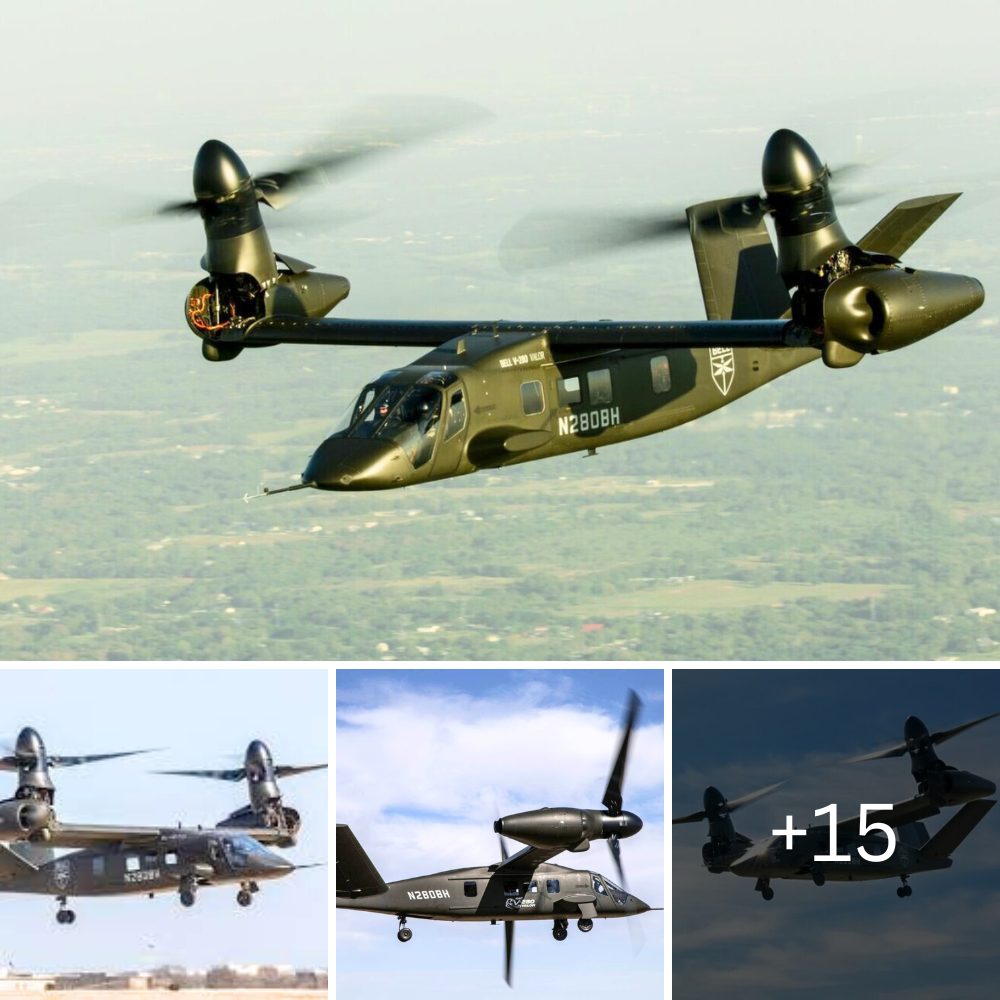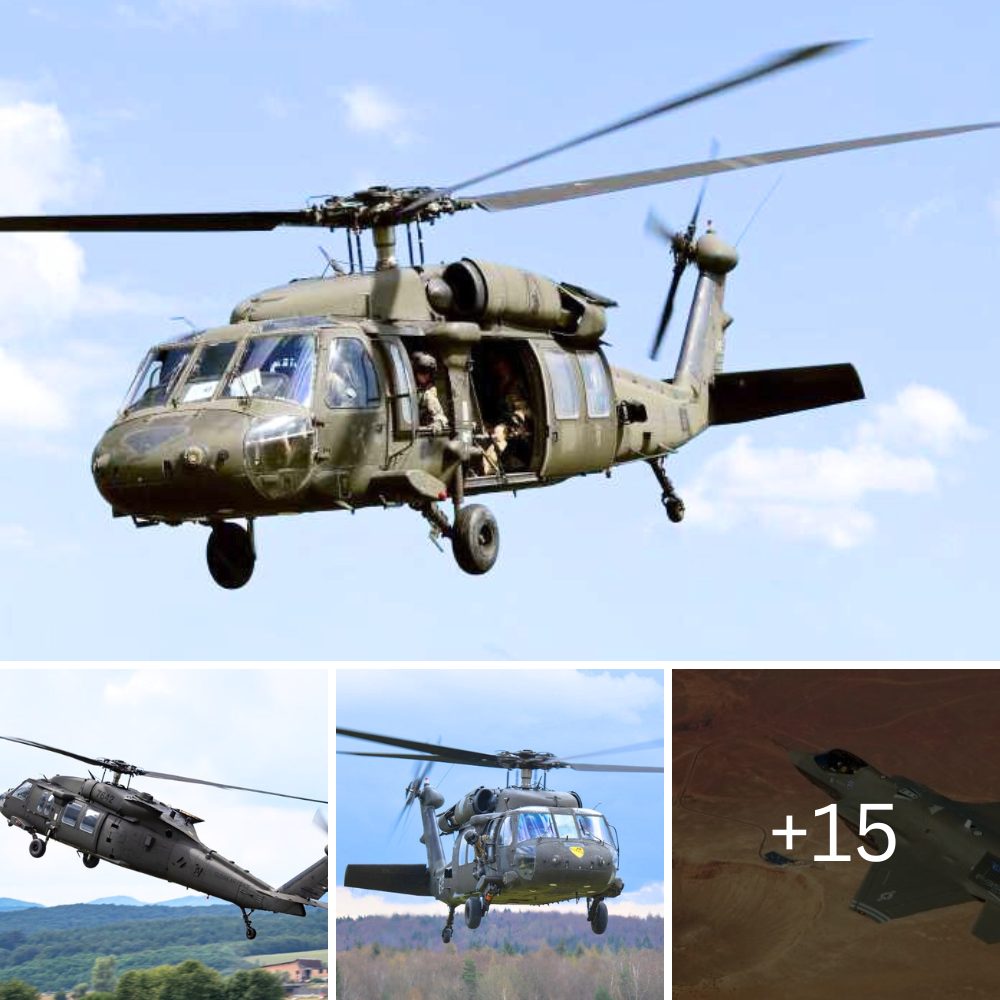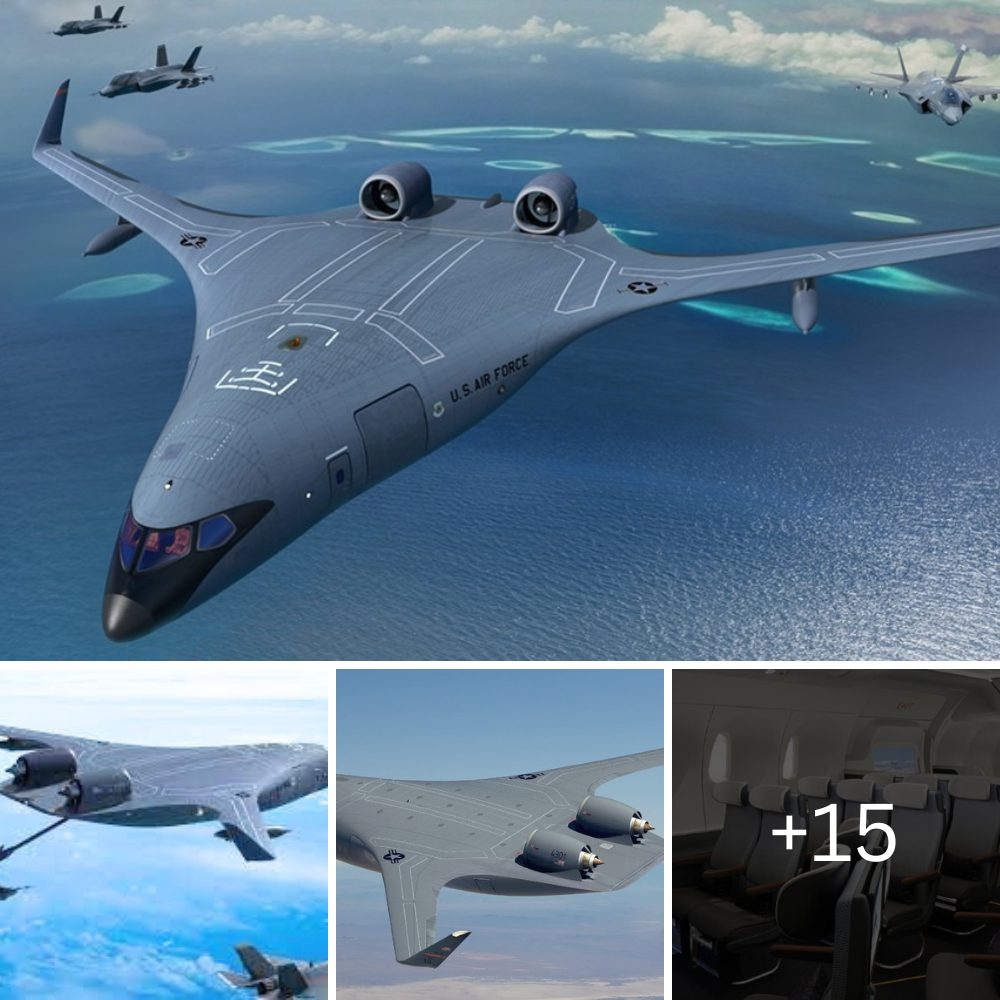Today, artificial intelligence is gradually being used in UAVs. This breakthrough technology will likely change the nature of air warfare in the future.
Air warfare is constantly evolving thanks to unmanned aerial vehicles (UAVs). According to military experts, UAVs are more accurate than manned aircraft due to less consumption while ensuring operator safety.
As UAVs become faster and more versatile, they are also being used more and more on the battlefield, leading to a hyper-modern conflict where they are essential for combat, surveillance and combat missions. Reconnaissance.
The ongoing conflict between Ukraine and Russia shows that. It has also been seen that disruptive technologies such as artificial intelligence (AI) could herald a future in which most military confrontations are managed remotely, possibly even by AI.
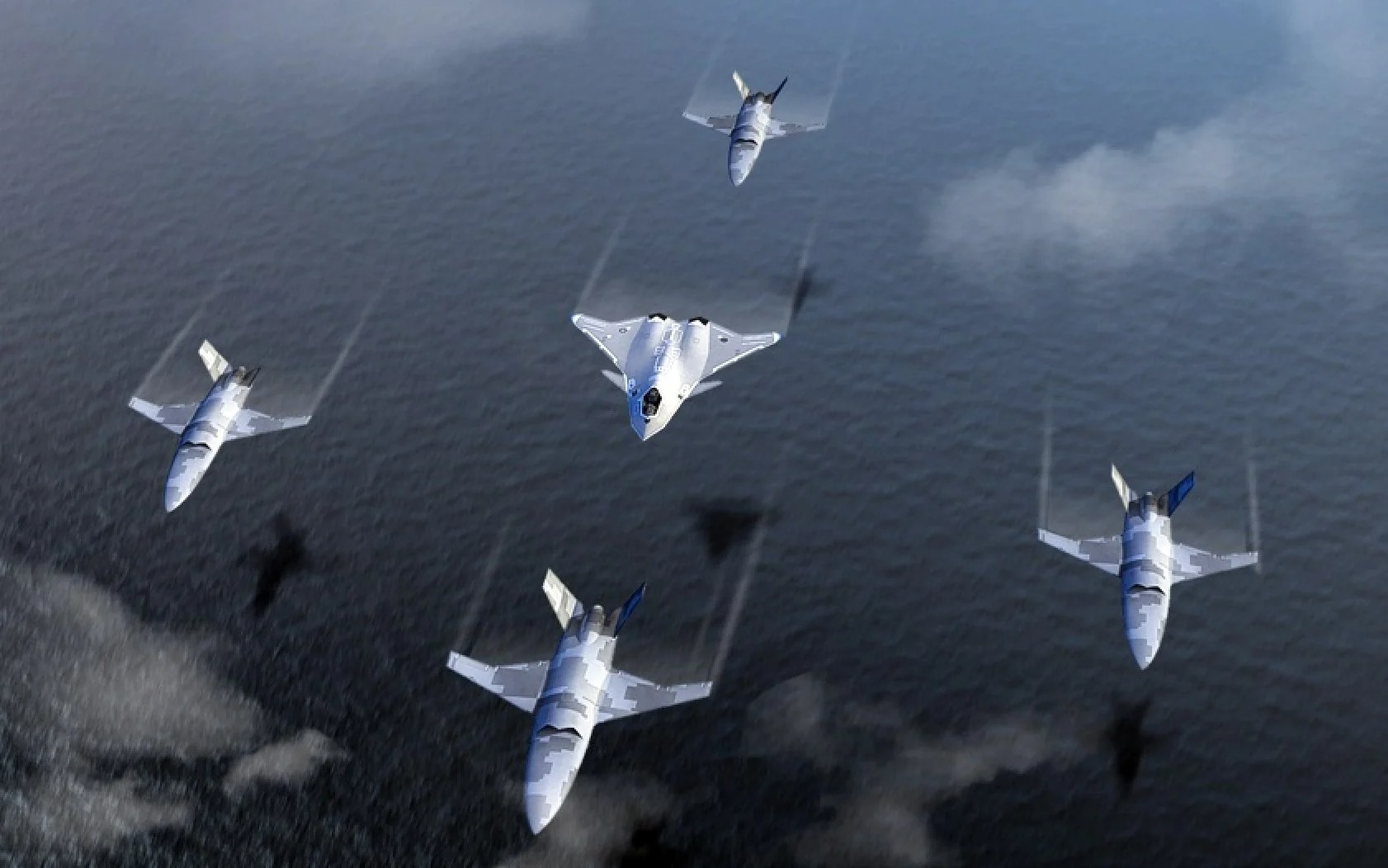
Unique advantages of UAVs and manned aircraft
Over the past decades, military forces have successfully used UAVs to perform various tasks such as intelligence, surveillance and reconnaissance; air support; logistics support; communications…
Military analysts believe that UAVs will continue to replace manned aircraft in some missions such as aerial refueling; air combat; suppress and destroy the enemy’s air defense system; search and rescue in combat; electronic warfare…
The advantage of manned aircraft is that they have an operator on board who can make real-time decisions and improvise with the situation. Pilots can assess the environment, exercise judgment, and respond effectively to constantly changing combat situations.
Manned aircraft are generally better suited for complex tasks that require human expertise, such as air combat, air support, and identifying and dealing with sophisticated targets.
Manned aircraft allow humans to interact directly inside the aircraft, facilitating coordination, communication and cooperation among crew members, enhancing situational awareness and decision-making capabilities of the aircraft. Surname.
A pilot’s presence can have a psychological impact on an adversary, making manned aircraft effective in deterrence and cognitive impact on the battlefield.
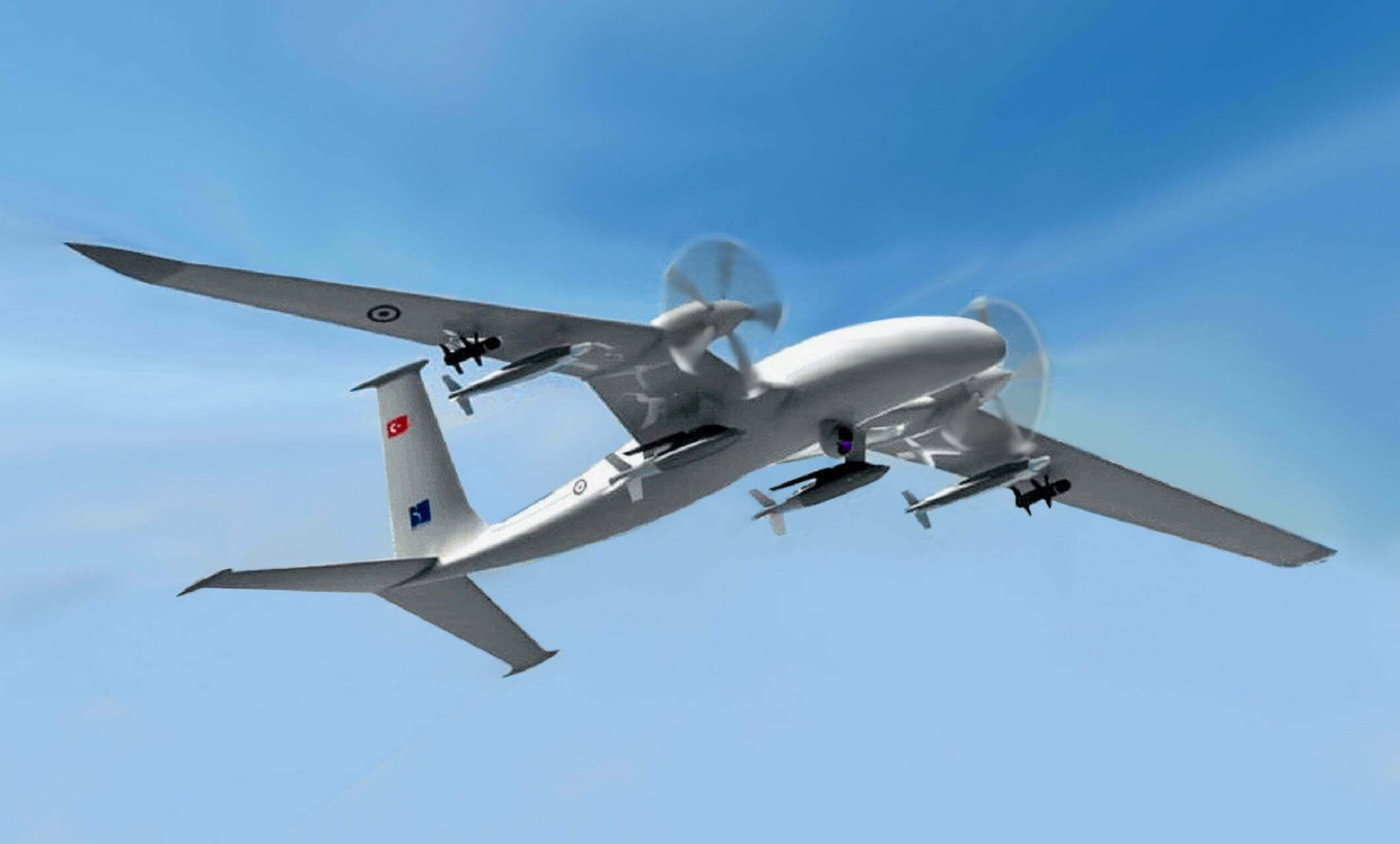
Meanwhile, continuous availability is the advantage of UAVs over manned aircraft. The risk-taking capacity of UAVs is also higher than that of manned aircraft because UAVs are sacrificial objects.
The total cost of the operations gives the UAV an advantage due to its own sustainability and limits the need for support during operation.
In terms of personnel implications, the most important aspect of pilots not participating in actual flights is that they will devote their energy and expertise to sensitive missions.
How is AI used?
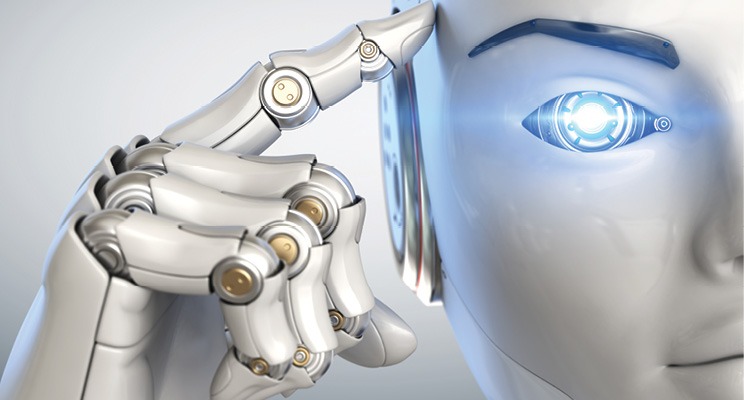
Today, artificial intelligence is gradually being used in UAVs. This breakthrough technology is changing the nature of war. Missions that can be AI-assisted include combat missions; collaborative combat; cooperation between manned and unmanned aircraft; independent melee; herd activity.
According to a United Nations report, in March 2020, the Libyan opposition was attacked with a 15-pound (6.8 kg) quadcopter drone made in Turkey. This could be “the first known case of an artificial intelligence-based automated weapon being used to kill a person” if someone were to be killed in that attack.
The drone, known as a lethal automated weapon system (LAWS) – attacked people without the operator’s consent. The 548-page report says that the AI-powered drone, the Kargu-2 quadcopter, attacked the fleeing soldiers.
According to author Paul Scharre, the best weapon systems combine computer intelligence with human intelligence to create hybrid cognitive structures that use both advantages.
He also said that using such cognitive constructs could produce better results than relying solely on humans or AI.
Using human and machine perception in attack decisions can provide accuracy and reliability. The only way to prevent autonomous weapons from acting against their operators due to faulty reasoning, software bugs, or enemy interference may be to design semi-autonomous (“human in the loop”) structures. , a machine system that performs operations for a certain period of time and stops to wait for a new command from a human. This is considered the basic concept of the relationship between human and intelligent machine).
How are UAVs changing air combat?
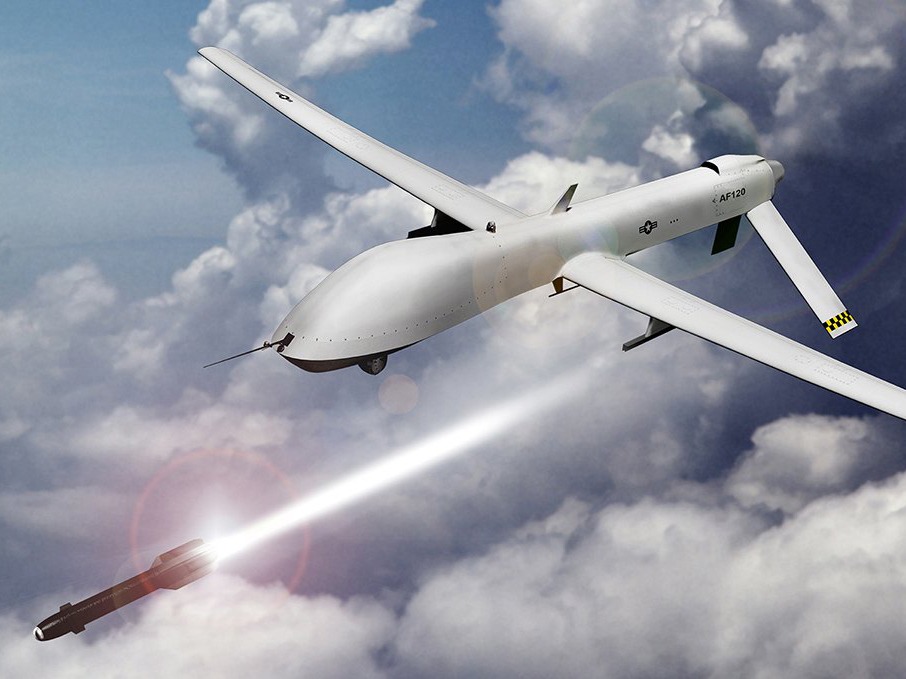
According to the Eurasian Times, some UAV operations conducted by US forces in Afghanistan, Pakistan or Yemen are targeted and concealed attacks on people, more like a hunt than a bombing on military targets. the.
The conflict between Armenia and Azerbaijan in 2020 demonstrated how unmanned platforms can overwhelm and conquer conventional platforms used by the conventional military.
However, the way UAVs are used in Ukraine stands in stark contrast to the way the US uses them in the war on terror. Both sides in the Ukraine conflict use drones as a tactical tool for various operations, including battlefield reconnaissance, artillery detection, armored vehicle attacks, and rocket launchers. fire.
It is worth noting that a combination of armed and unarmed aircraft can be used to fight the future war. To take advantage of both, integrated systems are being designed to work alongside unmanned platforms.
Such a combination could enhance the tactical situational awareness and lethality of manned platforms while improving their chances of survival. Interoperability between connected systems could revolutionize the planning and conduct of war in the future.

